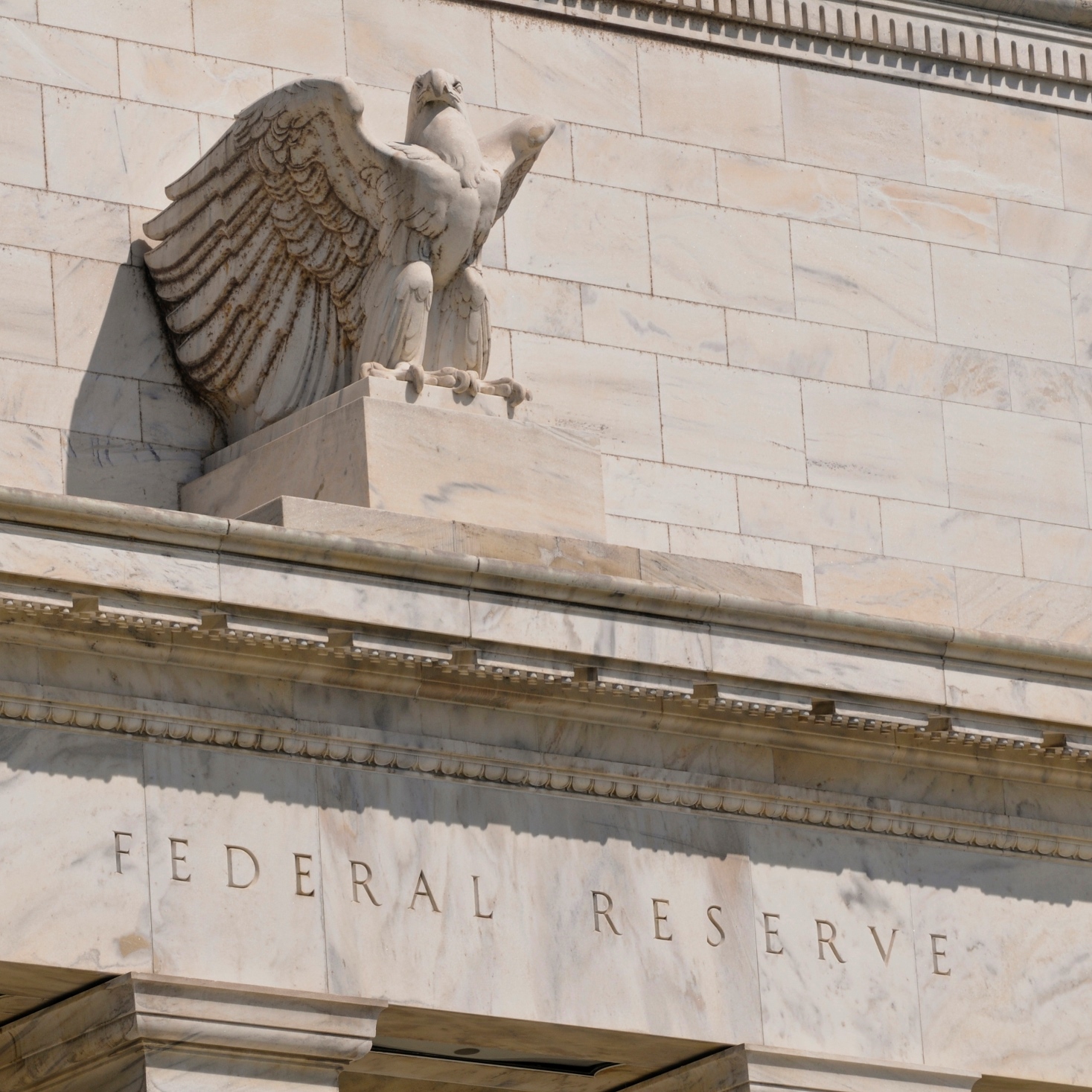Economy
Why the Fed May Not Be Able to Shrink Its Balance Sheet

Published:
Last Updated:

Along with the Federal Reserve’s expected hike of the federal funds rate to a range of 1.00% to 1.25%, what really captured investor attention was the addendum the Federal Open Market Committee issued regarding normalization of the Fed’s balance sheet. Now economists are speculating as to when exactly this balance sheet shrinking will begin, what the target size is for the new balance sheet and how long the process will take. What is not being taken into account is that shrinking the balance sheet may not even be possible. Here’s why.
Right now, the Fed’s balance sheet is $4.5 trillion, and $2.1 trillion of that is excess reserves. The excess is out of the economy, not spent nor circulated. It has no effect on monetary policy. Meaning if, theoretically, the Fed’s balance sheet were to shrink by $2.1 trillion to $2.4 trillion and it all came from excess reserves, very little would change in terms of the larger economic picture. Given the Fed has hinted that its end goal is around $2.5 trillion or so, draining the excess seems to be the unstated goal. But why even try to shrink excess reserves? Because these excess reserves can, in theory, be loaned out at any time, which would have a marked effect on monetary policy. The Fed wants to drain them before this happens, which is why it wants to shrink its balance sheet.
The problem is, the Fed has no direct control over where the money that is not reinvested is ultimately coming from. For example, the Fed has indicated its intention to initially not reinvest $6 billion a month in U.S. Treasuries. That means $6 billion will be paid to the Fed by the federal government that owes the money, and that money will be taken out of a bank account somewhere. But, instead of being reinvested and going back into a different bank account as happened before, it will simply go back to the Fed and literally go out of existence.
All that is well and good if the $6 billion is coming from excess reserves, but there is no way to control this. If it comes from required reserves, the money supply itself then changes. And if the money supply changes, the federal funds rate changes as well, since the federal funds rate is dependent on the supply and demand for money in circulation. Meaning, if the $6 billion comes from required reserves and the money supply shrinks because of this, the federal funds rate will tend to rise and the Fed will have to buy more Treasuries in order to keep its target rate within the range of its current monetary policy. The result will end up being a static balance sheet.
Can we know the probabilities regarding where the money not reinvested will be coming from? Not exactly, but in general we do know that it ultimately depends on the amount of loans on individual banks’ balance sheets. The more loans that are made by individual banks, the more excess reserves must be placed in required reserves to maintain Fed requirements for the reserve to loan ratio. If fewer loans are being made, more funds can simply be taken from required reserves directly, shrinking the money supply and forcing the Fed to compensate by buying more Treasuries. Also, a combination can occur, where some is being taken from excess and some from required, depending on an individual bank’s reserve and loan situation at the time.
So are we in an environment where more loans are being made or less? This chart shows the amount of loans to the private sector since 2007, and it has been leveling off for over a year. Additionally, the yield spread between 10-year and two-year yields is also approaching its narrowest point since 2007, meaning banks are making less money on loans. So given the current yield curve, it looks like it may be very difficult, if not impossible for the Fed to shrink its balance sheet without affecting the federal funds rate inadvertently. Which means, practically, the Fed may not be able to shrink its balance sheet in the current environment as much as it wants to, if at all.
Start by taking a quick retirement quiz from SmartAsset that will match you with up to 3 financial advisors that serve your area and beyond in 5 minutes, or less.
Each advisor has been vetted by SmartAsset and is held to a fiduciary standard to act in your best interests.
Here’s how it works:
1. Answer SmartAsset advisor match quiz
2. Review your pre-screened matches at your leisure. Check out the advisors’ profiles.
3. Speak with advisors at no cost to you. Have an introductory call on the phone or introduction in person and choose whom to work with in the future
Thank you for reading! Have some feedback for us?
Contact the 24/7 Wall St. editorial team.